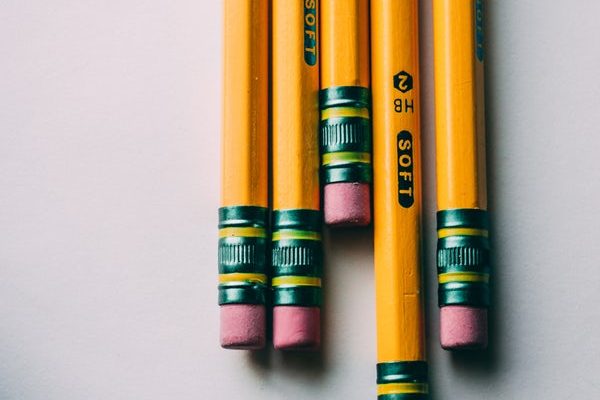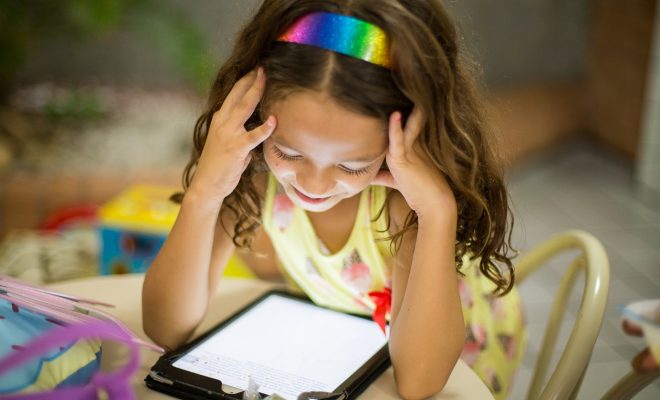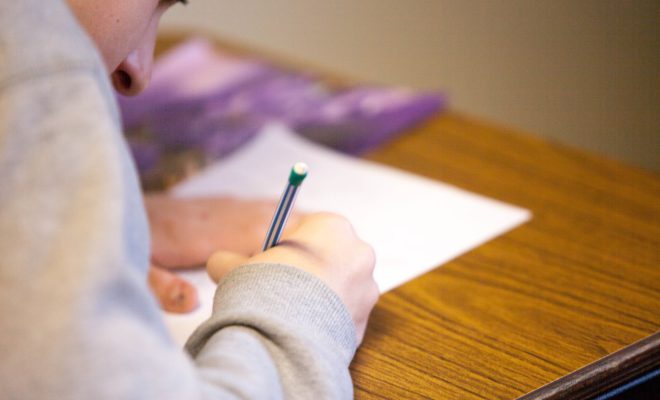6 Ways to Integrate Media Literacy in the Classroom

While students appear to spend most of their time looking at media, we must resist the temptation to believe they understand what they are viewing and hearing. Just because they know how to search the internet and spend endless hours watching television doesn’t mean they are aware of how media works or how it influences them. Therefore, media literacy is important.
According to Implementing Media Literacy In Your Classroom, media literacy is defined as “the ability to access, analyze, evaluate, create, and act using all forms of communication. The term “media” refers to all electronic or digital means and print or artistic visuals used to transmit messages–you can read it (print media), see it (visual media), hear it (audio media), or change and play with it (interactive media), or some combination of each. Literacy is the ability to encode and decode symbols and to synthesize and analyze messages.”
Teachers are looking for ways to integrate media literacy into their classroom – especially since it became obvious that students cannot distinguish between real or fake news. Here are six ways to help you teach your students to be media literate.
- Teach students to evaluate media.
First, students must be taught how to evaluate media. For example, teachers need to discuss bias and sources. By showing students that media changes depending on who produced it, who the intended audience is, and what biases may be attributed to the source, this helps students learn to evaluate what they are viewing.
- Show students where to find digital resources and databases.
Teachers should also provide students with reliable media sources. This means teaching students how to evaluate websites and digital resources for trustworthy content. For instance, there are several databases designed for students to use for safe resources.
- Compare/contrast various media sources.
In your discussions, compare/contrast various media sources. For example, when you cover a news story, have students read the story from different sources. When you are discussing films or television, compare elements.
- Discuss how the media edits and alters.
Purposely point out examples of media altering photographs or stories. Teach students to be leery of what they see or read at face value. For instance, when they realize the magazines have been altered, it makes a difference in how they perceive themselves.
- Examine the “truth” in advertisements.
Have students identify what advertisements are trying to sell and what “promises” or ideas are they using to convince you to buy the product.
- Have students create media.
Finally, have students create media. Depending on the grade level, you can have students create presentations, videos, or websites. For example, students can create movie posters of movie trailers.






